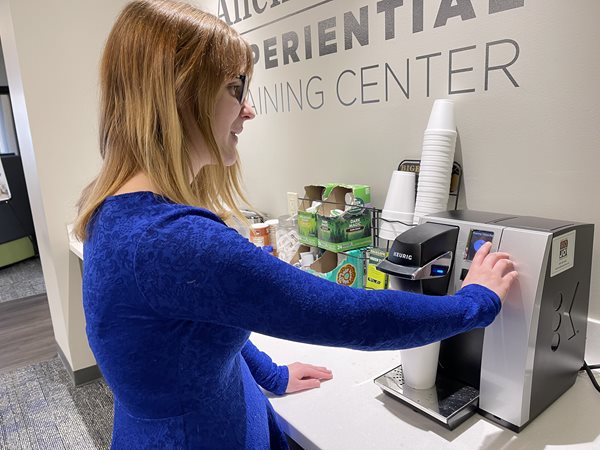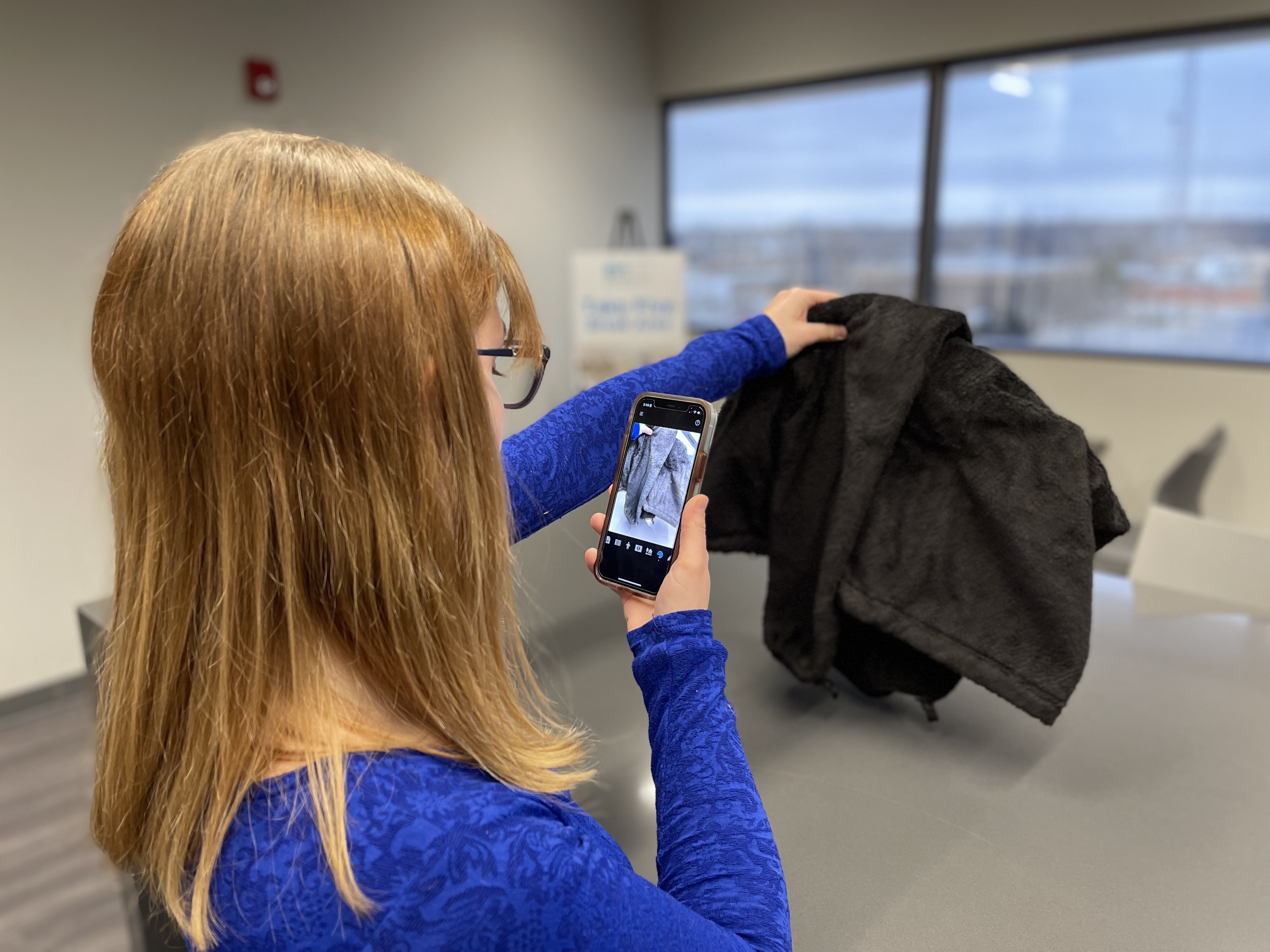How Someone Who is Blind or Visually Impaired Gets Ready in the Morning
By Alison Roets • Mar 25, 2022

Blog Content
Making breakfast is easy. Making a kitchen accessible with bump dots, braille labels, braille or large print measuring cups and spoons, talking scales and thermometers and more, allows those with sight loss to cook efficiently and independently.
Transportation is one of the most difficult parts of the day for someone who is blind or visually impaired. Buses are not available in every town or city, but when they are, they are limited. Sometimes you must take more than one bus to get to a location. Other times you have to walk another couple blocks from the nearest bus stop to your location. In most places, rideshares like Lyft and Uber are a good option, but that can get expensive and unreliable during inclement weather. Some areas offer a cheaper option such as para transit, which gets a person from door-to-door for a low price, however these are limited depending on the number of vehicles and drivers the transportation department has available. It is good to have all these options so when one doesn’t work for a situation, another might.
Despite the obstacles, individuals with sight loss get ready for their day the same as those without sight loss. With all the assistive devices being developed, challenges such as not being able to match colors and not being able to drive can be overcome by planning and using available resources.
If you want to learn more about assistive technology tools for people who are blind or visually impaired, reach out to the Bicknell Envision Vision Rehabilitation Center in Wichita or the Gigi and Carl Allen Family Vision Rehabilitation Center located at Envision Dallas. Our Workforce Innovation Center is also offering FREE assistive technology training classes for adults who are blind, visually impaired, or have other disabilities. There are currently class openings that will run through the new year of 2024. Topics range from learning keyboarding and typing, screen readers, ZoomText, Outlook, Windows Navigation, Windows Magnifier, Google Assistant, Apple Voice Over, Android Talk Back, Getting Career Ready, and more. Other training topics may also be offered at your request. If you are interested in registering for any of these classes or want to learn more, please call 316-440-1573.

Alison using an app on her phone that tells her the color of a piece of clothing.